Abhijit S. Pandya, Ercan Sen9780849331398, 0849331390
Table of contents :
Table of Contents……Page 1
Preface……Page 5
About the Authors……Page 7
I Outline of the Book……Page 9
A Scale of Investment……Page 10
D Customer Driven Factors……Page 12
F Influence of Computing on the Telecommunications Market……Page 13
III Market Analysis for ATM Technology……Page 15
A Residential Market……Page 18
B Business Market……Page 19
C Bandwidth Cost Trend……Page 21
D Market Opportunities……Page 22
I ATM Overview……Page 24
A Virtual Path and Virtual Circuit Concepts……Page 29
B Intefaces……Page 32
III ATM Cell Structure……Page 34
A Introduction……Page 35
B Signaling Mechanism……Page 38
C ATM Addressing……Page 42
V ATM Switching Concepts……Page 43
VI Routing Cells in ATM Networks……Page 51
VII Call Setup……Page 52
I Internet Service……Page 55
II Video on Demand……Page 63
IV Distant Learning/Medicine……Page 65
V Telecommuting……Page 67
I Wireless Networks……Page 70
II Public Telephone Service Networks……Page 73
III Data Networks……Page 74
IV Cable-TV Networks……Page 78
V Integration of Various Transport Technologies……Page 79
I ATM Protocol Stack……Page 83
II The Physical Layer……Page 86
A PMD Sub-layer……Page 87
B ATM Transmission Convergence (TC) Layer……Page 88
III The ATM Layer……Page 91
A ATM Layer Functions……Page 93
B ATM Cell Types……Page 98
A AAL Structure……Page 99
B Classification Based on AAL Service Attributes……Page 103
C ATM Adaptation Layer Functions……Page 104
I Variable Bandwidth Allocation……Page 107
II Virtual Path and Virtual Channel Concepts……Page 109
III Constant Bit Rate……Page 111
IV Variable Bit Rate……Page 112
V Unspecified Bit Rate……Page 113
VI Available Bit Rate……Page 114
I Buffering Models for ATM Switching Networks……Page 116
B Output Buffering……Page 117
C Central Buffering……Page 118
II Routing Models for ATM Switching Networks……Page 119
B Blocking MINs……Page 121
IV Buffer Management……Page 123
V Broadcast and Multicast Requirements for ATM Switching Networks……Page 124
VI ATM Switch Architecture……Page 126
8 ATM Traffic Management: Traffic Enforcement and Traffic Shaping……Page 133
I The Traffic Contract……Page 136
II Basic Quality of Service (QoS) Parameters……Page 141
III Connection Admission Control……Page 151
IV Usage/Network Parameter Control (UPC/NPC)……Page 154
V ATM Service Categories……Page 167
VI Traffic Shaping……Page 172
VII Flow Control and Congestion Control……Page 177
A LANE Architecture……Page 183
C LAN Emulation User to Network Interface (LUNI)……Page 187
D LANE Connection……Page 189
E Basic Operations Flow for LEC……Page 192
F LANE Connection Management……Page 194
II Classical IP and ARP over ATM……Page 196
A LIS Configuration and Operation……Page 198
III Multi-Protocol over ATM (MPOA)……Page 200
A MPOA Architecture……Page 203
B MPOA Operations……Page 204
1 Structured CES……Page 207
2 Unstructured CES……Page 208
C Timing……Page 211
E VTOA to the Desktop……Page 214
10 ATM Traffic Simulation……Page 217
I Queuing Model for the ATM Traffic Simulation……Page 221
II ATM Traffic Model……Page 224
III Validation of Simulation Results……Page 225
IV Simulation Results……Page 228
A ITU-T Recommendations for ATM……Page 236
B ATM Forum Specifications……Page 240
C IEFT’s ATM-Related RFC Standards……Page 246
D ANSI T1 Committee Specifications for ATM……Page 248
II Ongoing ATM Standardization Activities……Page 249
B Current Standardization Actitivities in ATM Forum (as of February 1998)……Page 250
C IETF’s Current Standardization Activities……Page 253
References……Page 254
ATM Acronyms……Page 257
Glossary……Page 266
Index……Page 280
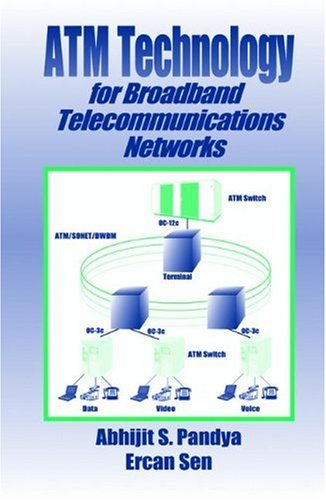
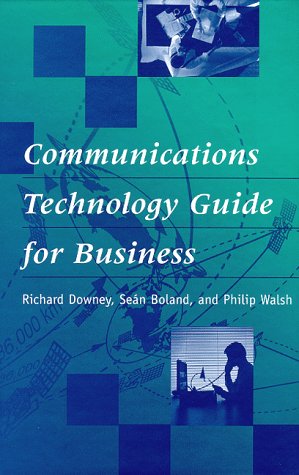
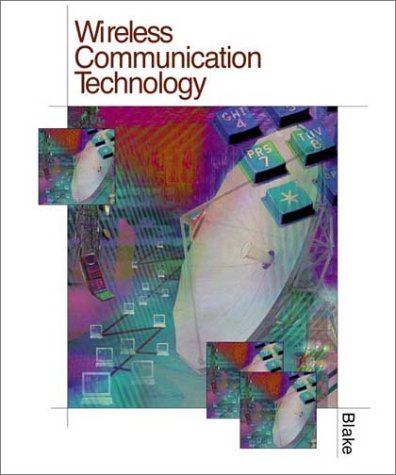
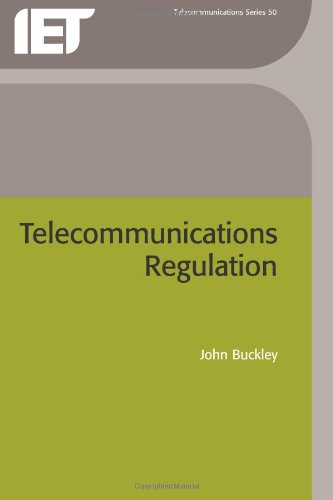


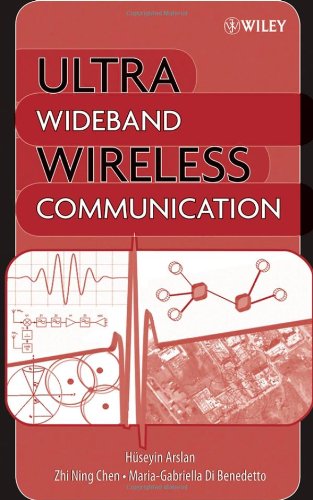
Reviews
There are no reviews yet.